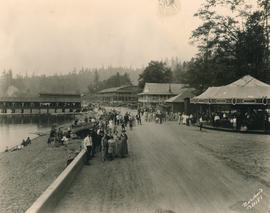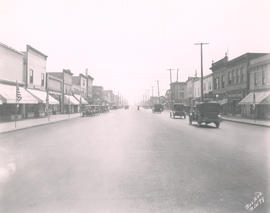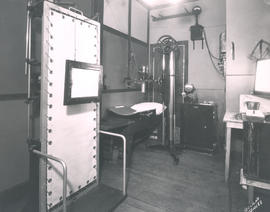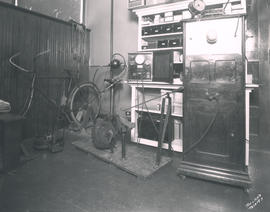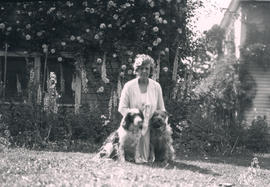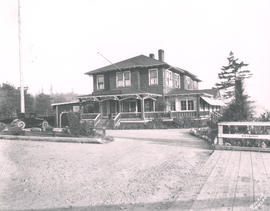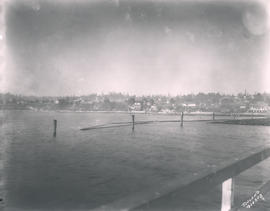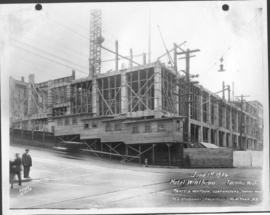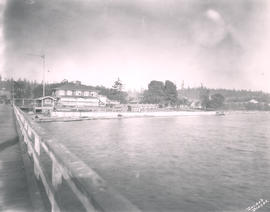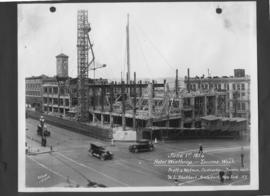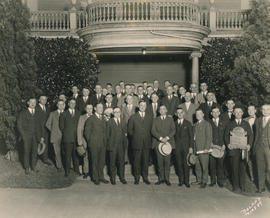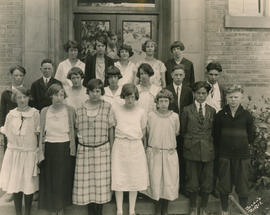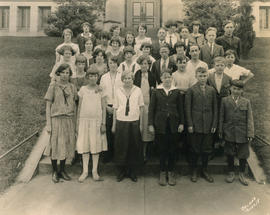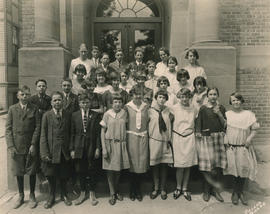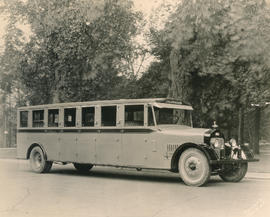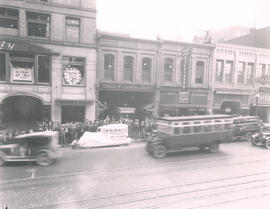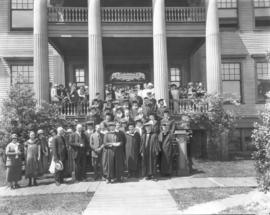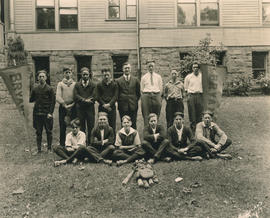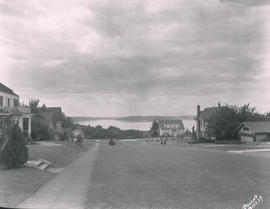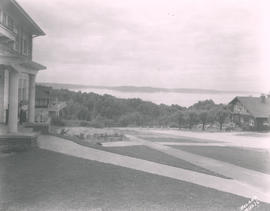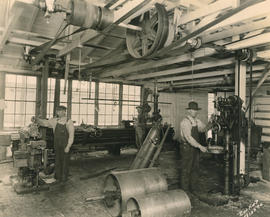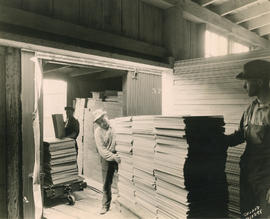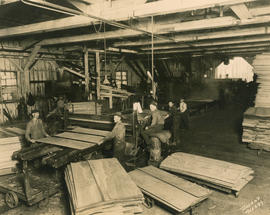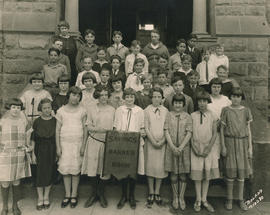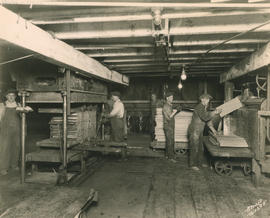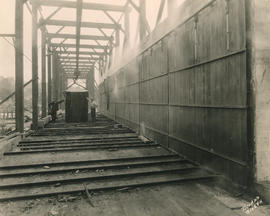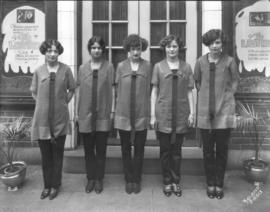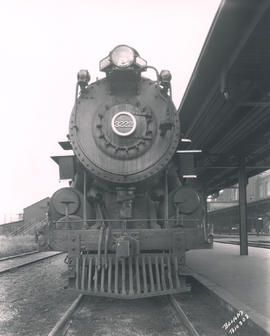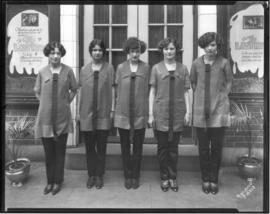- Item
- 1924-05-30
Part of Marvin Boland Photographs
Redondo (Beach) crowd. Located in southwest King County, Redondo (often called Redondo Beach) began as a beach resort on the east shore of East Passage. It appeared crowded in the last weekend of May of 1924 with families enjoying lounging near the water, riding the large carousel, partaking of treats from the Redondo Grocery, and perhaps surveying the Amusement pavilion. Visitors could picnic at the "grove" with its many tables and handy kitchen, enjoy bowling, or even kick up their heels at the large dance hall. Boats were available for fishing and there was ample parking for automobiles. The Tacoma Ledger called Redondo Beach the "Northwest Coney Island," due to its many attractions. The area is now part of Des Moines and the merry-go-round and amusement rides dispersed. G72.1-066; TPL-2638 (Tacoma Sunday Ledger, 6-1-24, G-5-article)
Resorts--Redondo; Merry-go-rounds--Redondo;
